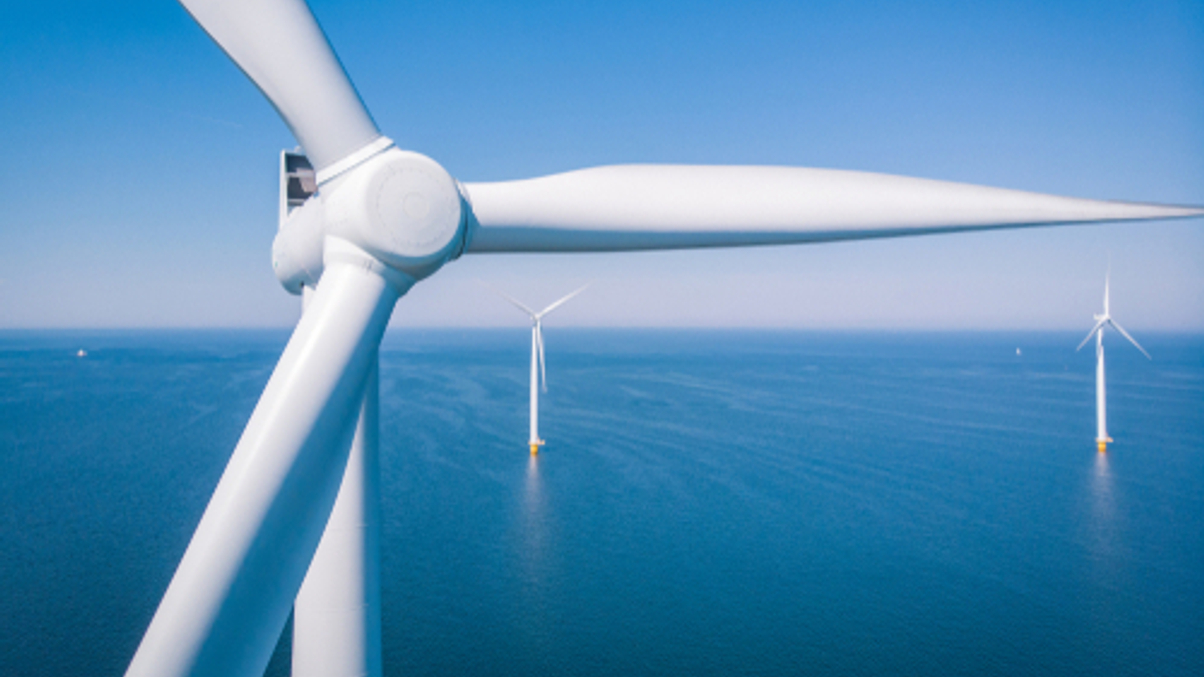Why choosing renewables funds is getting trickier
The rise of ESG investment, accelerated by Covid, has fuelled strong interest – and more funds – in green power. But asset owners need to acquaint themselves better with the sector.

As investing in renewable energy infrastructure has grown in popularity in recent years, so too the number and types of strategy on offer have proliferated, according to a report published yesterday (March 17) by consultancy Bfinance.
Sign In to Your Account
Access Exclusive AsianInvestor Content!
Please sign in to your subscription to unlock full access to our premium AI resources.
Free Registration & 7-Day Trial
Register now to enjoy a 7-day free trial—no registration fees required. Click the link to get started.
Note: This free trial is a one-time offer.
¬ Haymarket Media Limited. All rights reserved.


